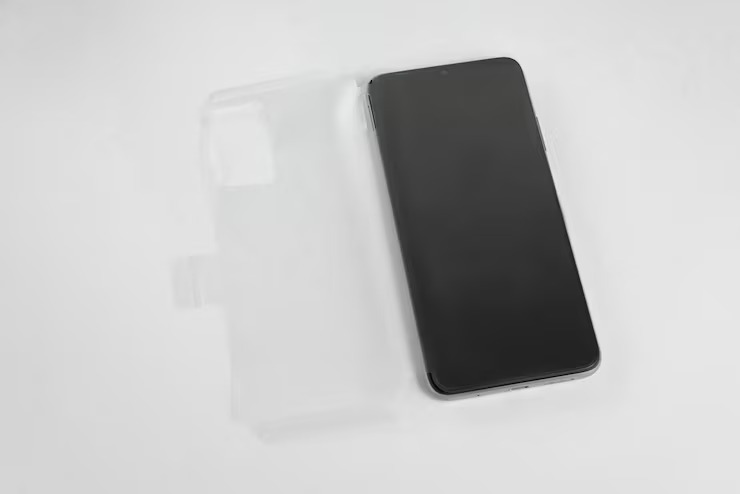Understanding 18D Glass
18D glass, often referred to as tempered or curved glass with an 18-degree curvature, is a specialized type of glass used primarily in smartphone screens and other high-end display applications. Its unique curvature provides a seamless edge-to-edge display, enhancing both aesthetics and user experience. The “18D” designation typically indicates the degree of curvature, though manufacturers may use this term loosely to describe highly curved, durable glass.
The price of 18D glass can vary significantly based on factors like quality, application, brand, and market demand. In this article, we’ll break down the key factors influencing its cost and provide insights into its pricing for consumers and businesses.

Factors Influencing the Price of 18D Glass
Several elements determine the cost of 18D glass. Understanding these factors can help you make informed decisions when purchasing or sourcing this material.
1. Material Quality and Manufacturing Process
High-quality 18D glass is typically made from tempered glass or chemically strengthened glass, such as Gorilla Glass or similar proprietary materials. The manufacturing process involves precise cutting, polishing, and curving, which increases production costs. Premium-grade glass with anti-scratch, anti-fingerprint, or oleophobic coatings tends to be more expensive.
2. Application and Device Compatibility
The price of 18D glass depends on its intended use. For example:
- Smartphone Screens: 18D glass for high-end smartphones like flagship models from major brands can cost more due to precise specifications and compatibility requirements.
- Accessories: Screen protectors made of 18D glass are generally cheaper than original display glass but still vary based on brand and quality.
- Other Devices: Some smartwatches, tablets, or curved monitors may use 18D glass, with prices reflecting the size and complexity of the display.
3. Brand and Market Positioning
Branded 18D glass, such as that produced by Corning (Gorilla Glass) or other reputable manufacturers, commands a premium due to its durability and brand recognition. Generic or off-brand 18D glass is often more affordable but may lack the same level of quality or reliability.
4. Quantity and Bulk Orders
For businesses or manufacturers purchasing 18D glass in bulk, prices per unit are typically lower. Retail consumers, on the other hand, often pay a higher price for individual pieces, especially for replacement screens or screen protectors.
5. Regional Market Variations
Prices can vary depending on the region due to import taxes, shipping costs, and local demand. For instance, 18D glass may be more expensive in regions with limited supply chains or high import duties.
Estimated Price Ranges for 18D Glass
While exact prices depend on the factors mentioned above, here are some general price ranges for 18D glass in 2025, based on common applications:
- Screen Protectors: High-quality 18D tempered glass screen protectors for smartphones typically range from $5 to $20 per unit, depending on the brand and features like anti-glare or privacy filters.
- Replacement Smartphone Screens: Original 18D glass screens for flagship smartphones can cost between $50 and $200, including labor for installation if purchased through a repair service.
- Bulk Orders for Manufacturers: For businesses sourcing 18D glass for device production, prices can range from $2 to $10 per unit, depending on order volume and specifications.
- Specialized Applications: For larger displays or custom applications (e.g., curved monitors or automotive displays), prices can range from $100 to $500 or more, depending on size and customization.
These estimates are based on current market trends and may fluctuate based on technological advancements or changes in supply chains.
Tips for Purchasing 18D Glass
To get the best value when buying 18D glass, consider the following tips:
- Compare Brands: Research reputable brands known for durability and quality, but also explore lesser-known manufacturers for cost-effective options.
- Check Compatibility: Ensure the 18D glass is compatible with your device model to avoid fitment issues.
- Look for Warranties: Some screen protectors or replacement screens come with limited warranties, offering peace of mind.
- Buy in Bulk for Business: If you’re a manufacturer or repair shop, negotiate bulk pricing with suppliers to reduce costs.
- Verify Authenticity: Beware of counterfeit products, especially when purchasing replacement screens or branded glass.
Why Is 18D Glass Worth the Investment?
Despite its higher cost compared to standard flat glass, 18D glass offers several benefits:
- Enhanced Aesthetics: The curved edges provide a sleek, modern look, especially for premium smartphones and devices.
- Improved Durability: Tempered 18D glass is designed to withstand impacts and scratches better than regular glass.
- Better User Experience: The curved design improves touch sensitivity and provides a more immersive display experience.
Investing in high-quality 18D glass can extend the lifespan of your device and enhance its visual appeal, making it a worthwhile consideration for both consumers and manufacturers.
Conclusion
The price of 18D glass varies based on quality, application, brand, and market factors. For consumers, expect to pay anywhere from $5 for a basic screen protector to $200 for a high-end smartphone replacement screen. Businesses sourcing in bulk can secure lower per-unit costs, typically between $2 and $10. By understanding the factors influencing pricing and following smart purchasing tips, you can find 18D glass that fits your budget and needs.
Whether you’re upgrading your device or sourcing materials for production, 18D glass remains a premium choice for modern displays, balancing cost with cutting-edge design and durability.